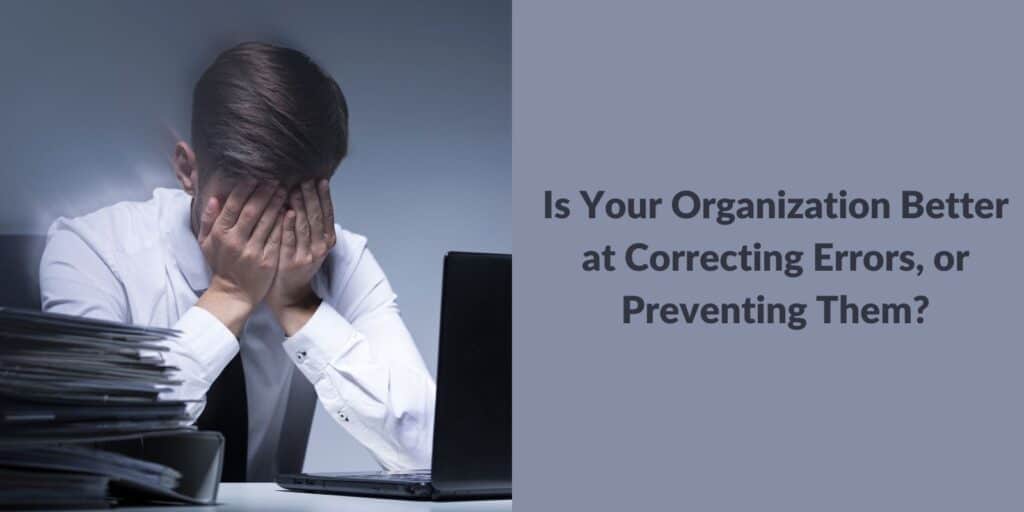Estimated reading time: 5 minutes
Have you ever purchased a product, were excited to get it home only to discover that it was defective, missing a part, or simply didn’t work? It is a frustrating experience, for sure.
As consumers, when we purchase a product or service, our basic expectation is for it to be safe to use and without defects.
Unfortunately, that is not always the case.
Product Recalls Are More Common Than You Might Think!
Product recalls are more common than you might think. Sometimes it seems we hear about them often.
Just scroll through the product recall list on the Consumer Product Safety Commission site, and you might be surprised at how many products are being recalled for safety concerns.
Product Recalls That Impact Safety Are Concerning
It is never good to hear about a defective product that caused harm or even death to consumers.
The recall of vehicles to correct defective airbags was a major recall that resulted in the loss of life for many.
Or a manufacturer of airplanes that is defective and has two fatal crashes.
Heartbreaking and tragic situations that have everyone shaking their heads.
I don’t know about you, but when I see organizations make blatant mistakes in how products are designed, manufactured, or delivered to the customer, I have to wonder what is happening behind the scenes.
One of the biggest challenges with the pace of business today is that it doesn’t easily allow for the “think” time necessary to refine products and services before they are delivered to the paying customer.
I would argue that businesses can’t afford to not get it right on the front end of product and service development.
“Every penny you don’t spend on doing things wrong, over, or instead of, becomes half a penny right on the bottom line”
Phillip Crosby
Any successful organization has great systems and processes to “fix” problems after the fact. But shouldn’t we all consider spending more energy ensuring the problem never happens in the first place?
For instance, the recent flight cancelations with Southwest Airlines over the holidays were an avoidable fiasco. It is simply difficult to believe that a successful company that size was even capable of such a debacle!
Southwest Airlines has done an incredible job (from my perspective) in fulling its promise of service recovery. This effort has cost the airline lots of money in the hopes of consumer forgiveness. An expensive way to fix a problem and say you are sorry.
Quality Tools Can Help
Basic principles and quality tools can be used to identify, correct, and prevent errors.
There is a quality quote that states:
“Do the right things, right – the first time”
This statement is loaded with things to contemplate.
Ok, let’s analyze this statement:
Do the RIGHT Things
Doing the RIGHT things refers to spending time, energy, and resources on those critical objectives that move an organization closer to fulfilling its mission.
It is easy for organizations to get side-tracked, distracted, and go down rabbit trails to nowhere.
This is all done with good intentions but a complete waste of valuable and irreplaceable resources.
Strategy, planning, business goals, and performance management are what help keep organizations focused on the RIGHT things.
Do the Right Things RIGHT
This tongue-tied phrase refers to a business creating streamlined processes that minimize or eliminate errors in products and services.
This includes considering how a product or service is developed, manufactured, and delivered to the customer.
Whether it is engineering a new technology, product, or service that is offered to a customer – doing it RIGHT, without error, is critical.
The focus should be on preventing defects and employee errors rather than finding and fixing them after the fact.
It is always a better use of time to prevent rather than fix an error!
Do the Right Things Right, THE FIRST TIME
Rework is expensive. Whether it is recalling a defective product or redoing a sloppy job of cleaning a carpet – the goal should be a performance standard of zero defects.
For instance, let’s say you have a carpet cleaning business. Your trained tech goes to the customer’s home, cleans the carpet, and finishes the job. Your office then gets a call from a frustrated customer stating that the spot that was pointed out to the technician was still there. Now you have to send that tech back to the home to try and fix the problem. This is a waste of time and money.
Do it right THE FIRST TIME.
There is an old saying; haste makes waste.
Rushing to get a product to market or hurrying a patient through a doctor’s visit can lead to unnecessary rework.
Untested products can lead to product recalls, and patients rushing through an exam can lead to unaddressed issues and potentially unnecessary hospitalization.
Rework wastes valuable resources.
“Doing the job right the first time is always cheaper”
Phillip Crosby
Are You Better At Fire Prevention or Putting Fires Out?
I’ve worked with organizations that do a great job at correcting errors (putting fires out), but successful organizations do an even better job at preventing errors (fire prevention).
This entails implementing systems to prevent the error from happening in the first place so that resources spent on correcting the error can be used for other initiatives that help move an organization forward.
Is your organization better at preventing errors or correcting them?
If you are interested in learning more about improving the quality of your services and products, there is a book that I highly recommend. The Handbook for Quality Management, Second Edition: A Complete Guide to Operational Excellence.
You will learn a lot and perhaps become better at fire prevention!
